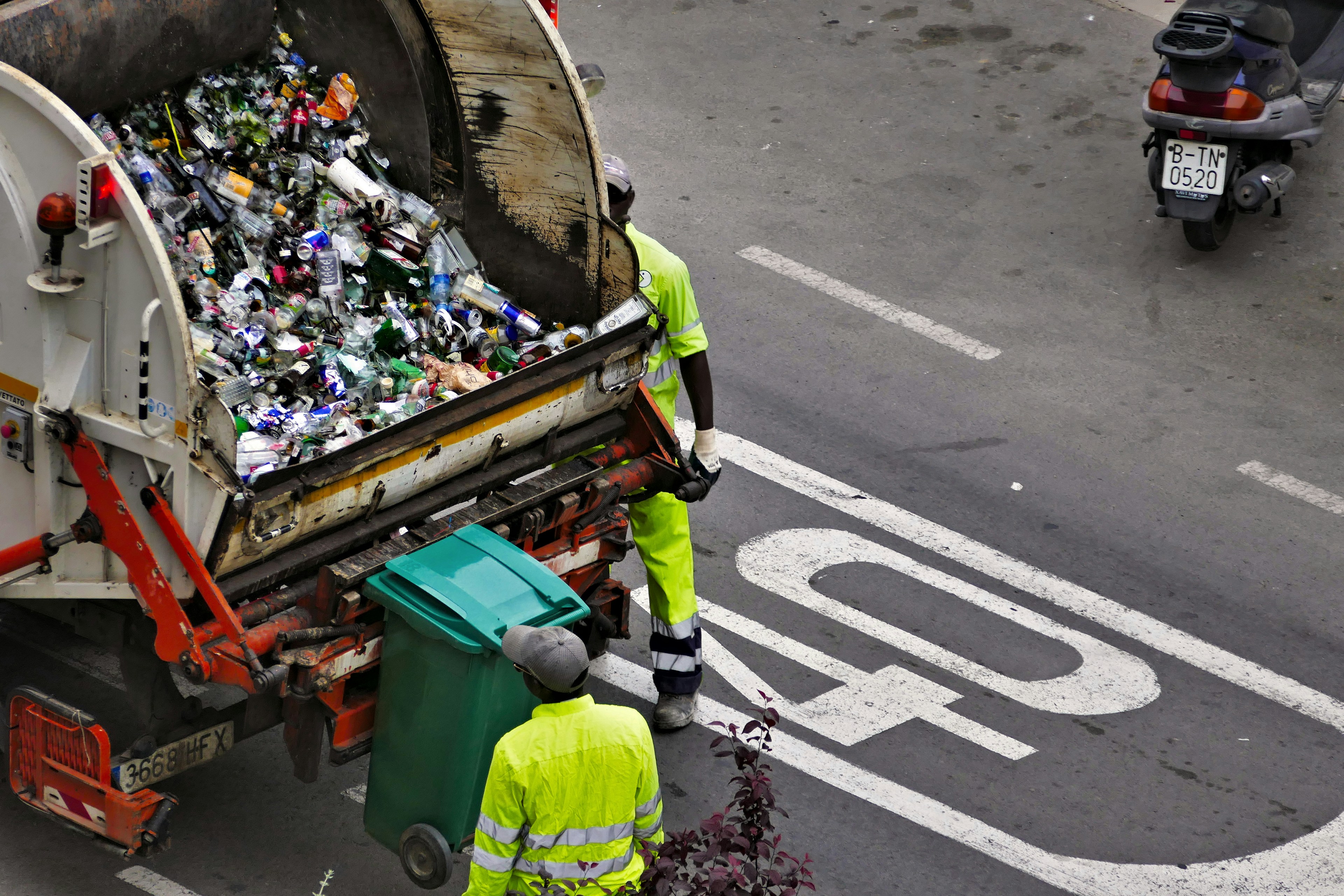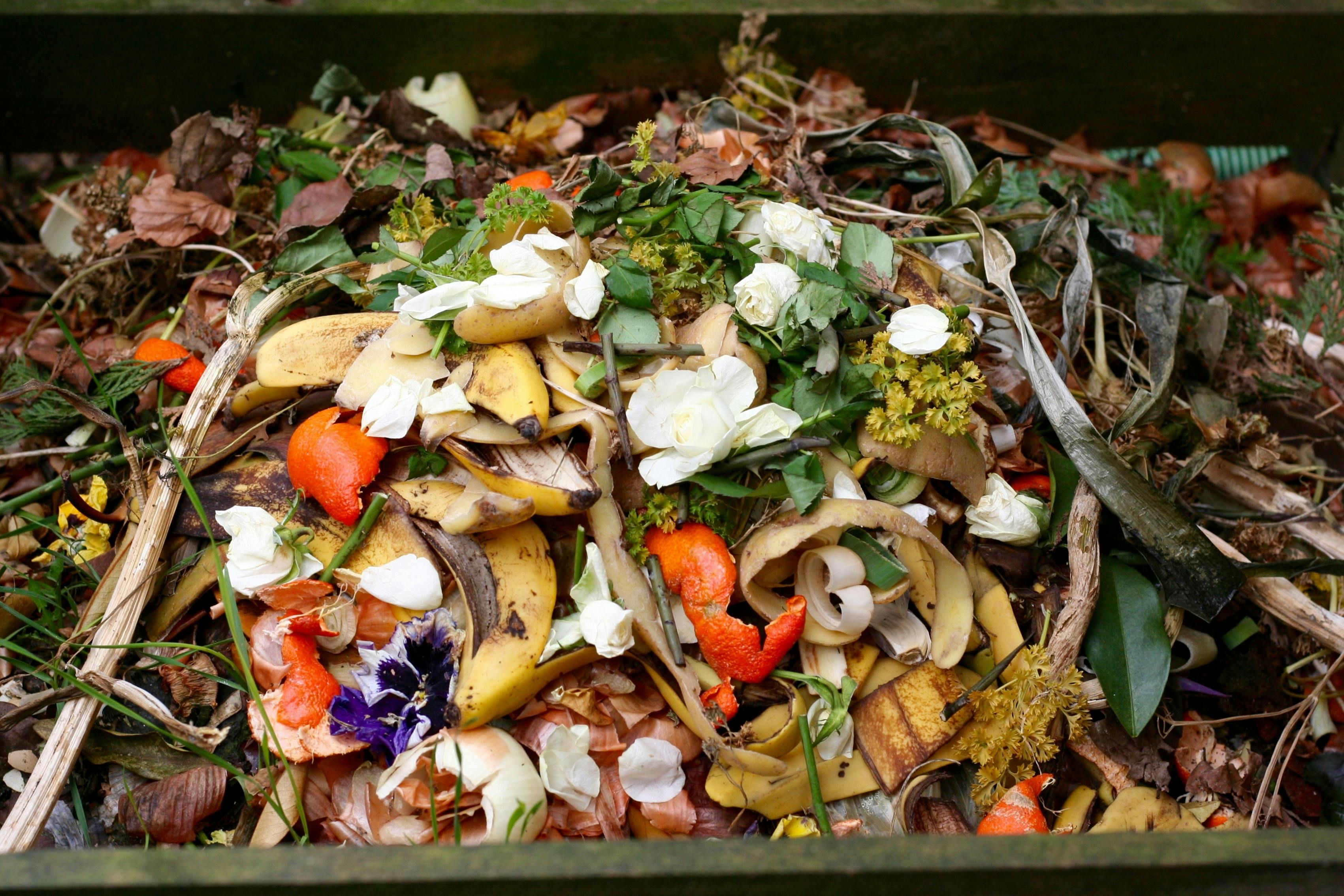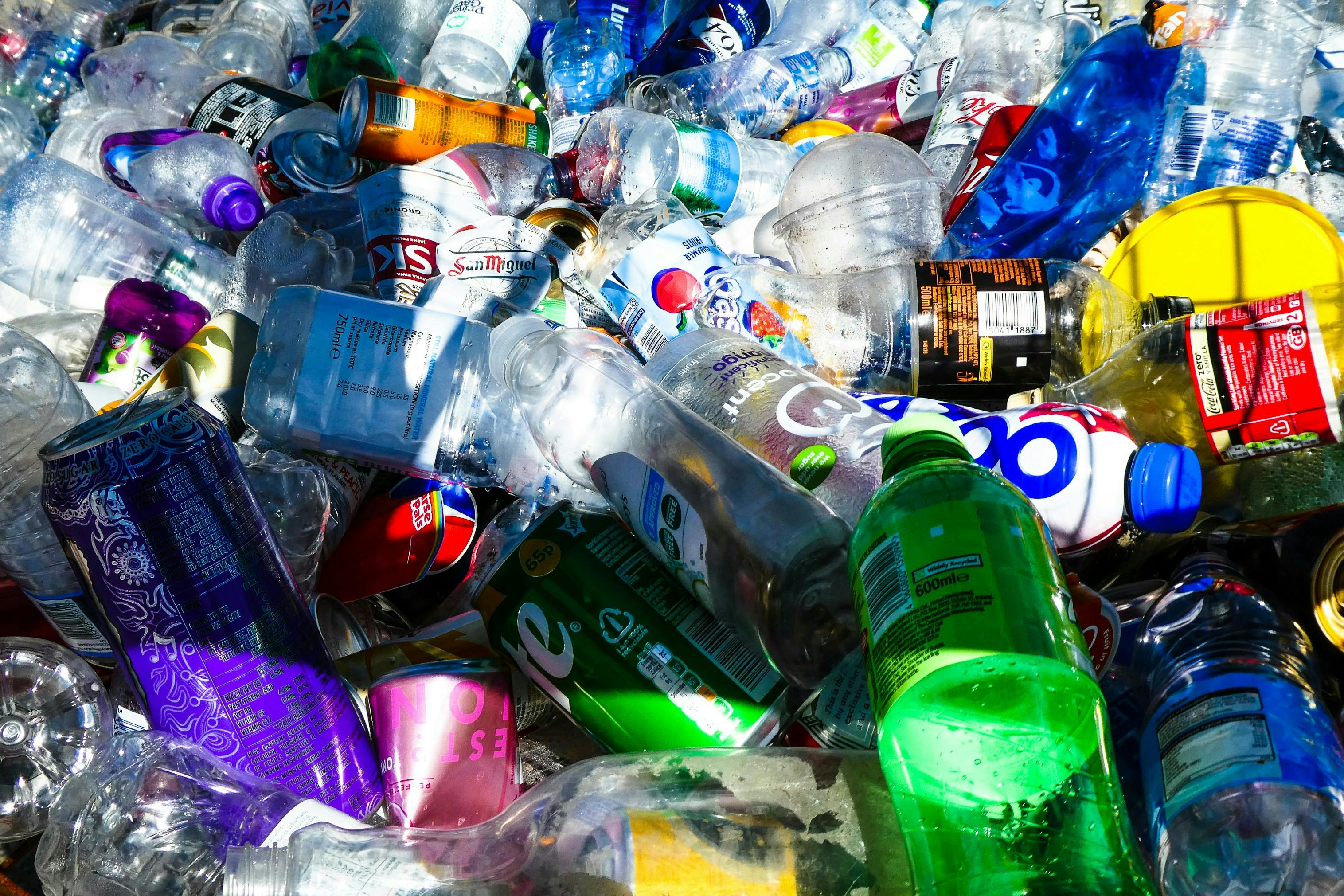
Everything you need to know about Australia's packaging regulations
Australia's packaging problem
Packaging is an integral part of our economy, whether it’s protecting food and materials, or ensuring the safe and secure transportation of essential goods.
The significant problem we face in Australia and globally is the use of virgin materials in the packaging creation, and minimal design and planning as to the end-of-life outcomes of these materials.
A significant portion of the packaging that is produced ends up in landfill (or our environment) due to incompatibility with current recycling systems, and a lack of education or general confusion about the disposal pathway.
As well as this, there’s also a huge proportion of the market that uses packaging that may not even be necessary in the first place, and could easily be substituted with a reusable alternative, or eliminated altogether through efficient design.
Prefer to listen instead?
We've partnered with Sustainability Tracker to deliver weekly bite-sized updates and expert insights on vital sustainability topics.
The podcast and Spotlight episodes are hosted by Kiarne Treacy, CEO of Sustainability Tracker and one of Australia’s leading expert voices in helping make sustainability simpler for businesses and consumers.
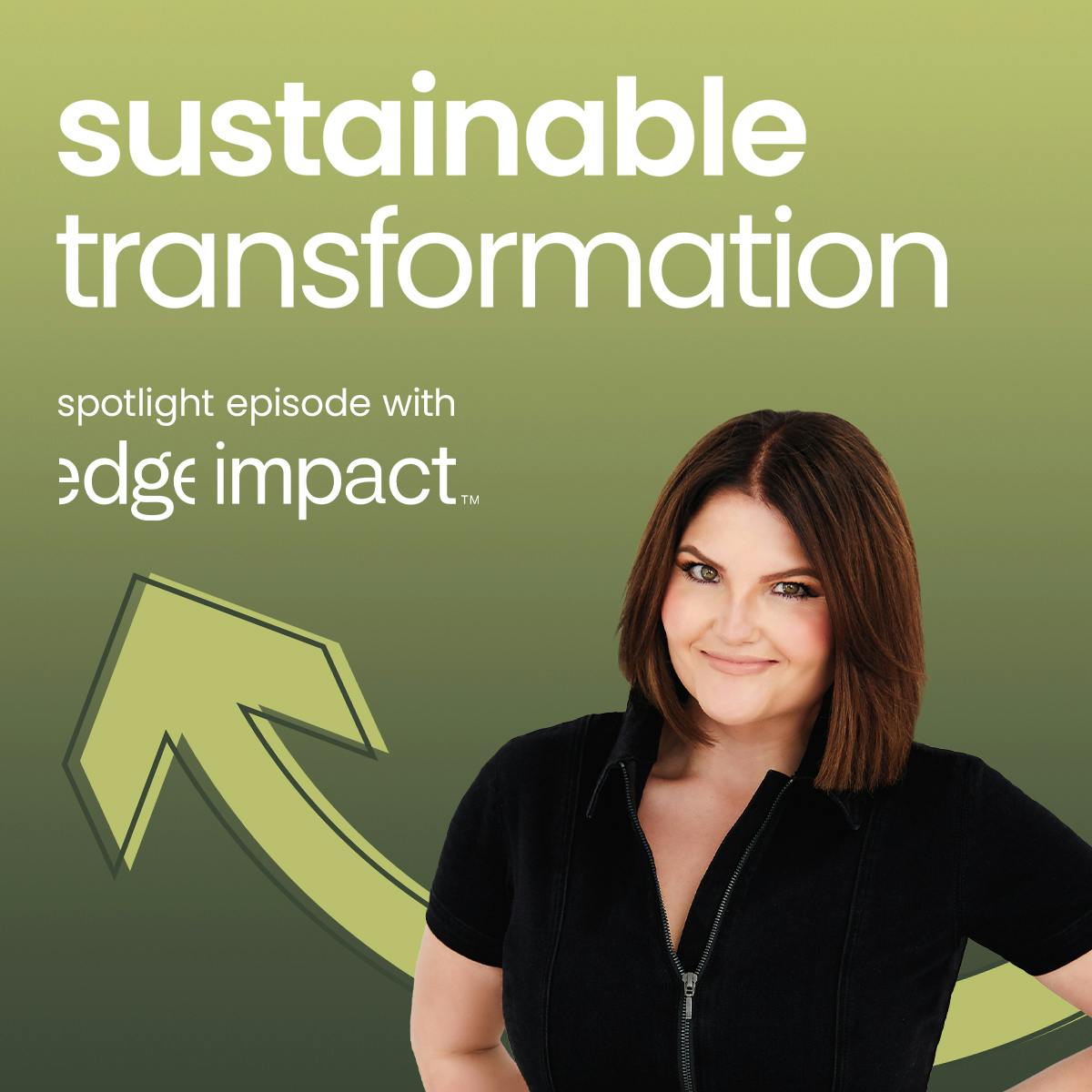
The Role of Regulation in Shaping Sustainable Packaging Practices
The state and federal government have attempted to begin intervening with the introduction of packaging bans for particularly problematic materials.
This was a ununified approach, with different states introducing bans at different times, and for different materials. Here is a great breakdown of the different materials targeted in each state, and the differing times they were banned.
For nation-wide organisations, this caused confusion and disruption to operations, but also got things moving and prompted internal discussions on packaging viability in banning problematic materials.
The next big move was the requirement for businesses to report on their packaging through the National Environment Protection Measure. This measure states that any business who has an annual turnover of $5 million or more must report on their packaging, either through the state government, or through the Australian Packaging Covenant Organisation (APCO).
The Australian Packaging Covenant Organisation
APCO is a co-regulatory model that attempts to connect, collaborate and drive industry-led change to improve the sustainability of packaging, and reduce the environmental impact of packaging.
In 2018, APCO set the 2025 National Packaging Targets:
- 100% packaging to reusable, recyclable or compostable
- 70% of plastic packaging to be recycled or composted
- 50% average recycled content across all packaging types
- Phase out problematic and unnecessary single use plastic
APCO also set up the Australian Recycling Logo (ARL) certification to encourage proper disposal labelling and discourage greenwashing. The old labelling system is very outdated and confusing for consumers. Some packaging claims to be technically recyclable, but in reality, it’s either not feasible due to the facility capabilities or they end up in landfill.
Despite the NEPM and regulation, a majority of businesses in the required bracket were slow to sign up to APCO, and as such, the 2025 targets will not be met, and APCO have called for longer term visions to guide action, and stronger collaboration and intervention in the material streams (a call to Government to impose stricter regulation).
Since then, the Federal Government has released a statement that they will be introducing stricter rules under commonwealth law on packaging and extended producer responsibility and reporting requirements.
The intended changes are that the Government will regulate and mandate:
- How packaging is designed
- Minimum recycled content requirements
- Prohibit harmful chemicals used in packaging
- By the end of 2024 packaging design requirements finalised
This is a great step towards improved outcomes in relation to packaging, as the entire sector has been fragmented and ineffective in design, capture, and encouraging circularity over linear (virgin) outcomes.
There is so much confusion out there on what can and what cannot be recycled, and a biased concentration on recycling rather than the essential redesign of the system that would minimise waste in the first place and encourage reuse and effective design.
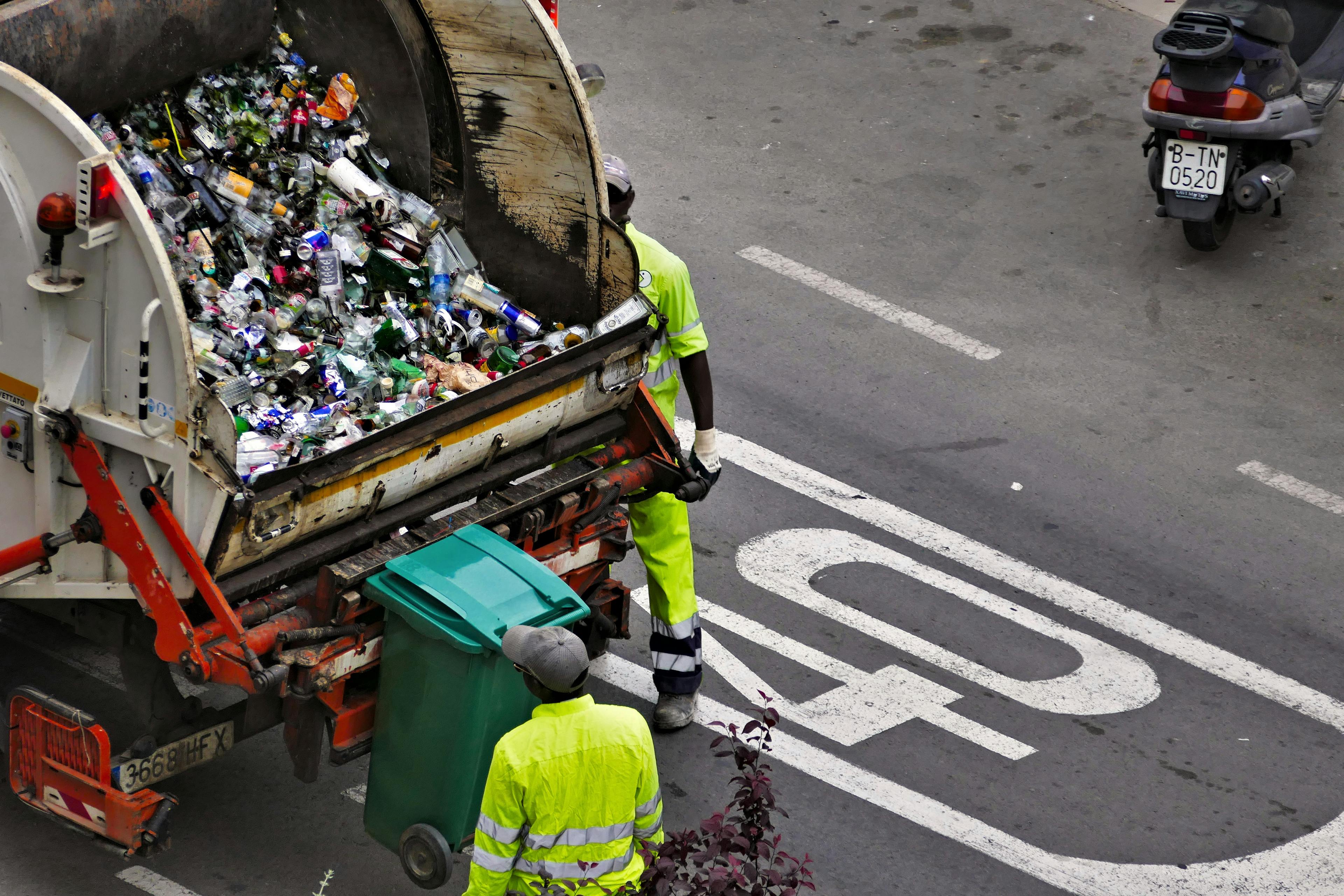
The impact of Australia's packaging problem
Australia's packaging problem extends far beyond mere inconvenience; it's a tangible example of our linear economy in action. This issue serves as a gateway to broader concerns surrounding supply chain management, material design, end-of-life outcomes and capabilities, and reuse.
Events such as the collapse of REDcycle and the ban on compostable packaging in NSW have placed these issues in the spotlight.
Both instances prompted public scrutiny, with many questioning why seemingly recyclable materials couldn't find a straightforward solution. However, the reality is far more complex than what meets the eye.
Putting it into perspective"
- REDcycle, a small social enterprise, collected only 7,000 tonnes of soft plastics per year, or about 3 per cent of the roughly 250,000 tonnes used in Australia annually.
- Soft plastics constitute about 10 per cent of our plastic waste, of which only 13 per cent is processed for recycling and, presumably but not necessarily, recycled into products.
- This means that the volume of soft plastics at large represents just under 0.01 per cent of Australia’s 75.8 million tonnes per annum of waste.
- Of this, there has been market demand for only a small fraction of REDcycle’s collected volumes, leading to warehouses of stockpiled plastics.
Challenges with Recycling and Compostable Packaging
With compostable packaging, the prevalence of PFAS, a cancer causing compound was found in the majority of samples tested.
Organics recycling outputs are in the form of compost and fertilizer’s that re-enter our food system through agricultural application. It is absolutely integral that this by-product is of the highest quality with no harmful chemicals or pathogens.
In both of these examples we’re quick to blame the recycling system – but we’re looking in the wrong direction.
It comes back to the disconnect between product/packaging producers and end of life capabilities.
The Disconnect Between Producers and End-of-Life Capabilities
Until the announcement in 2023, there was no regulation or requirement for producers to be responsible for the materials they are bringing into the Australian economy, designing packaging to be as affordable as possible, or to be as marketable as possible.
This often leads to the use of materials that are very difficult to recycle. An example would be black plastic, which is technically recyclable, however no facility in Australia is capable of separating or recycling black plastic and it ends up in landfill.
This is also the case for compostable packaging for those brands that wanted to ‘do better’, but were bringing in a packaging type that had no viable end of life outcome as most compostable packaging requires a commercial facility to break down with most metropolitan areas not having food organic recycling readily available.
This ultimately leads to the majority of compostable packaging ending up in landfill, which from an Lifecycle Assessment (LCA) perspective is worse for the environment – emissions/water use.
Discover how our range of services can help your business embrace circular economy principles and improve your packaging and recycling strategies. Explore our services now.
Moving Forward: Solutions and Best Practices for Sustainable Packaging
This is why the upcoming legislation and regulation is incredibly important for organisations operating and selling in Australia.
Organisations will be required to report on all of packaging sold in the Australian marketplace each year, with penalties for noncompliance (this is already the case but not heavily regulated by Government until recently). This will now be audited each year, and excuses will no longer be accepted for incomplete datasets.
This increased onus on complete datasets of an organisations packaging (including units sold, weights, material types, etc.) will allow the Federal Government to develop product stewardship schemes for certain material types they want to target.
Organisations will be held accountable and likely forced to comply with stewardship schemes due to their mandated packaging report they submit each year detailing what they put into the AUS market.
If you are reporting that you use a problematic material (e.g. coloured soft plastic), it’s highly likely they’ll enforce participation in extended producer responsibility, obligating you to be a part of the stewardship scheme (mandatory or voluntary is to be decided).
This last point is to really discourage anything like the REDCycle collapse happening again.
- Any organisations that produces or uses packaging should be aware and actioning this if they are not already APCO members.
- Any organisation that produces or uses packaging should be considering these implications in their supply chain.
- The general public should be aware of what's happening in this space as there is often a lot of skepticism and confusion about the packaging and recycling landscape and what happens at the end of life.
Ready to take the next step towards a more sustainable and circular approach to packaging and recycling? Contact us today.
How we can help your organisation
As experts in the full spectrum of sustainability topics, we are here to guide you through the complexity. Our team includes specialists from across the globe; from strategists to economists, engineers to creatives. Since 2008, we have been helping businesses, organisations, industries and societies make transformation happen.
Our areas of expertise are focussed around the following areas:
Leadership and Transformation
ESG and Strategy
Circular Economy and Lifecycle Thinking
Procurement and Supply Chain
Built Environment
Nature and Biodiversity
Brand, Communications and Creative
Contact us today to get started.
